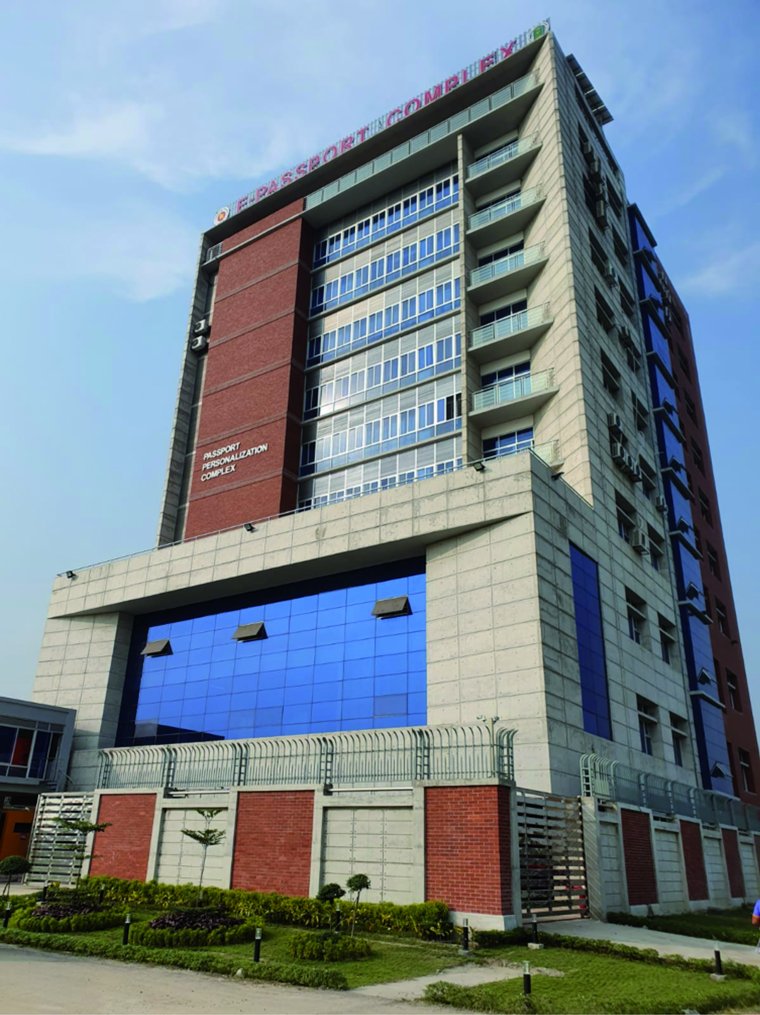When the first ePassport was presented to the Prime Minister of Bangladesh, Sheikh Hasina, in Dhaka on January 22, 2020, it signaled a new era of border security for the South Asian nation. It was the first milestone in a €340 million project that would see Veridos provide holistic ePassport solutions over the next 10 years.
The project began in 2018 when the Bangladesh government commissioned Veridos to supply ePassports and sophisticated border control systems, including eGates, across the country to counter identity fraud and streamline border logistics. They were also looking for a partner to help them establish a local production and personalization facility in Dhaka. Five years later, that facility is up and running at full capacity, producing up to 25,000 ePassports daily. In addition, more than 180 sites – of a planned 261 – have been established across Bangladesh and worldwide, including enrollment offices, special branch offices, data centers, and global missions.
Managing high production volumes and distributing secure documents to citizens in the eighth-most-populous country in the world is not without its challenges. Unexpected disruptions, such as the COVID-19 pandemic and natural disasters, as well as challenges with IT and machinery, can all destabilize production levels. As with any project of this scale, it is essential that these risk factors are taken into consideration and necessary steps are put in place to mitigate them. That’s where the service and maintenance team comes in.





